Graham Reid | | 3 min read
Infinite Mind, by Justin DeHart
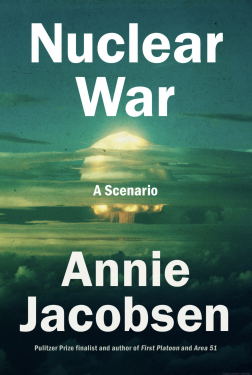
Good evening and welcome to the world's most terrifying pub quiz. Strap yourself in because this is going to be a white-knuckle ride. Your starter for 10 . . .
In 1946 a year after the bombs dropped on Hiroshima and Nagasaki the USA had nine atomic bombs. How many did it have six years later in 1952?
a] 19 b] 89. c] 501 d] 841
Good guess, the answer is a whopping 841 bombs of the kind that destroyed those two Japanese cities.
What is the difference between an atomic bomb and a thermonuclear bomb?
Okay, that's a tough one if you don't know science but let's cut to real answer, the thermonuclear bomb is equivalent to about 1000 Hiroshima bombs exploding simultaneously. That's some kinda kill-power, huh? IN 1967 there were over 31,000 of them stockpiled by the US.
But hey, relax. These days they only have about 4000, although if one was dropped on Moscow, for example, about 10 million would be dead in the blink of an eye.
Last one because I can see you are getting a bit worried.
What happened in 1960 at the Joint Strategic Target Planning Staff meeting in the US?
That was when a plan for General Nuclear War was drawn up. It was carefully calculated by experts that a pre-emptive US strike on Moscow would kill 275 million in the first hour and about 326 million would die from radioactive fallout in the next six months, mostly in Russia's neighbouring countries.
Just think about that for a moment: they actually did the maths?
Of course if the Russians counter-attacked, as they most certainly would do, the number would rise to about . . .
Well it hardly matters, does it.
A nuclear war isn't a worst-case scenario, it is the worst-case scenario.
As Nikita Khrushchev said, “the survivors will envy the dead”.
And frankly no one will survive.
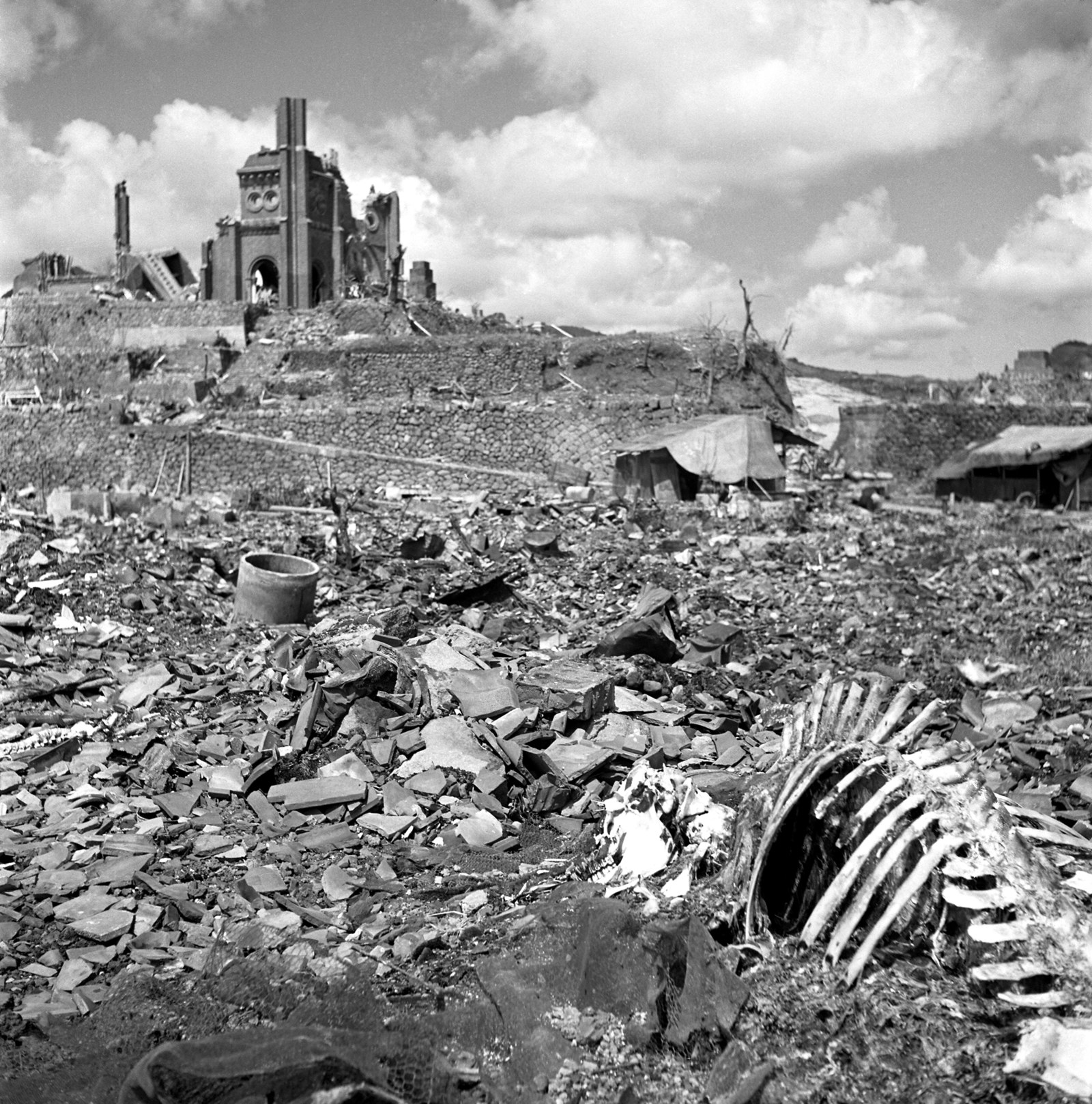 Oh, maybe some will survive the blasts and radiation. But when the sun is blocked out by smoke and clouds of debris, crops are all dead, communication lines are down, technology has melted along with buildings and cities, forest fires burn out of control and there is no food anywhere . . . then how long do you give yourself?
Oh, maybe some will survive the blasts and radiation. But when the sun is blocked out by smoke and clouds of debris, crops are all dead, communication lines are down, technology has melted along with buildings and cities, forest fires burn out of control and there is no food anywhere . . . then how long do you give yourself?
We'll be killing each other as we try to survive.
This terrifying situation is outlined in Annie Jacobsen's meticulously researched and methodically plotted scenario of how a nuclear war might happen and if it does how it would play out minute by minute.
And there aren't many minutes from the time the North Koreans launch a missile at the heart of Washington (and another from a submarine into California) to the retaliation, the involvement of the Russians and . . .
In this scenario – which she details from official documents, interviews and unredacted information – it's about 72 minutes.
Seventy two minutes.
Written with attention to detail, shifts of location from the Pentagon to Pyongyang (she explains why such a scenario) and with statistics which are awful to consider, Nuclear War: A Scenario is an extraordinary book.
In this scenario there's no Bruce Willis, Harrison Ford or Angelina Jolie who can step in and save us. The situation rolls out taking on its own momentum and inevitability as people and systems simply click into place and follow orders and progammes.
And this is a scenario based on deliberate aggression, it could happen as a result of simple human error like that of the recent Crowdstrike/Microsoft outage.
In 2021 the US Space Force tracked 1968 missile launches around the globe (it increased more than three and half times in 2022), but most of these have been notified.
“No one wants to start a nuclear war by accident.”
The exception is North Korea.
Can this madness – which would lead to the annihilation of the human race -- be stopped?
Pulitzer-finalist and New York Times journalist Jacobsen writes of an experiment in which scientists were researching bipedalism (walking upright) and they put five chimpanzees and four people on treadmills to collect data about movement, oxygen intake and so on.
But the chimps didn't want to participate and were smart enough to hit the stop button when they'd had enough.
As Jacobsen says, if apes knew how to get off the treadmill why don't we?
.
NUCLEAR WAR: A SCENARIO by ANNIE JACOBSEN Torva $40
.
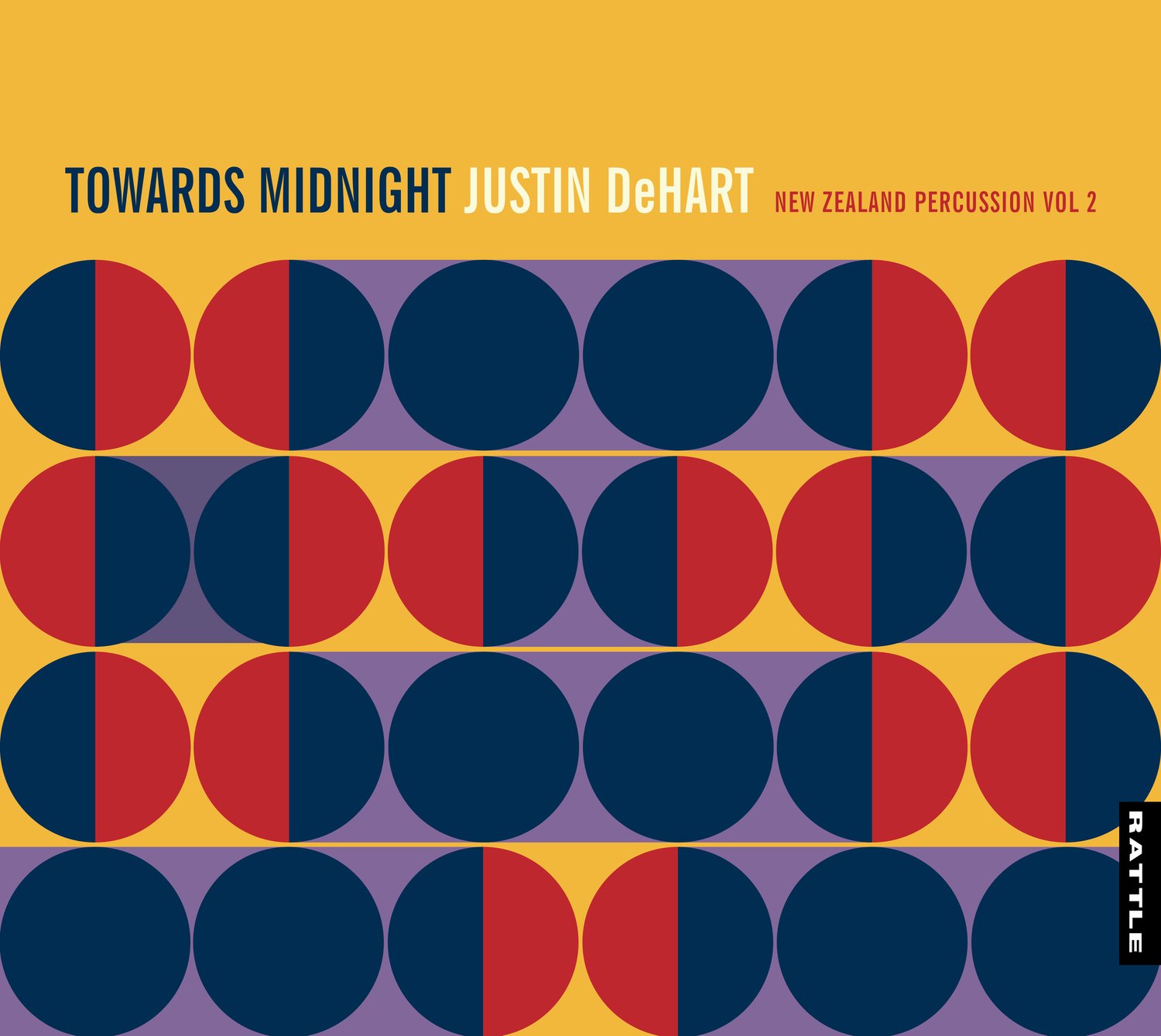 By uncanny and slightly unnerving coincidence, as I was typing this I played the new album Towards Midnight by percussion player Justin DeHart.
By uncanny and slightly unnerving coincidence, as I was typing this I played the new album Towards Midnight by percussion player Justin DeHart.
The second track was that which I have posted above, Noam Chomsky talking about nuclear war in a piece composed by John Psathas and performed by DeHart.

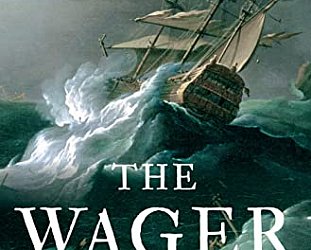


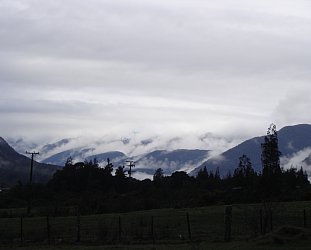
post a comment